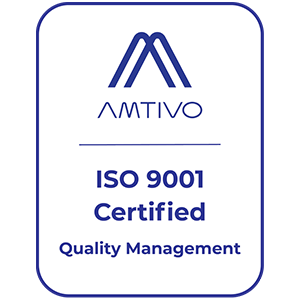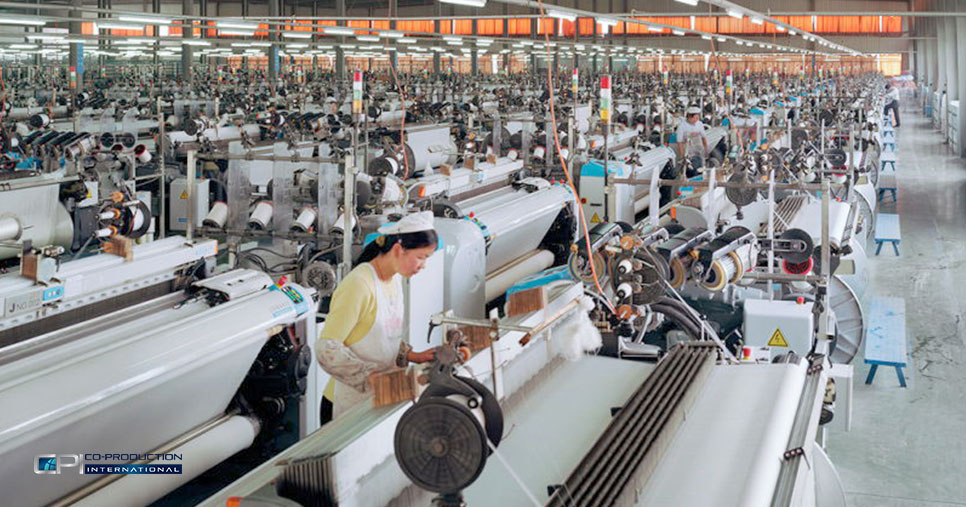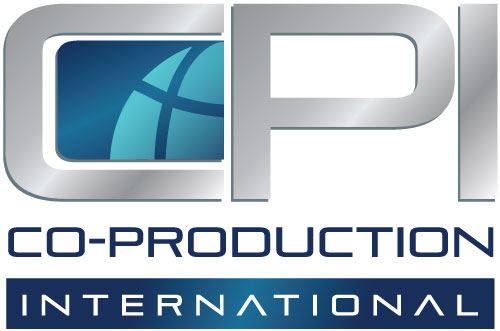Claudia Sheinbaum’s plan Mexico is a comprehensive national strategy designed to reposition the country as a key sector industrial engine in North America. By strengthening eight priority sectors, the plan aims to drive economic growth, boost domestic production, attract foreign companies, and generate high-quality jobs.
These are the sectors leading Mexico’s transformation and modernizing the Mexican economy.
Textile & Footwear
A historically vital sector, textile and footwear is being revitalized with a sustainable and innovative approach. The plan targets the recovery of 49,000 lost jobs, a 15% reduction in imported sewing thread, and a rise in domestic content to 50% in finished products.
A key pillar of the strategy is a 30% increase in recycled fiber use, aligning with global sustainability standards. Strategic partnerships with the automotive and tourism industries will boost distribution channels and aim to increase sales by 30%. This sector plays a vital role in Mexico’s manufacturing industry. Targeted regions include Chihuahua, Coahuila, Jalisco, Guanajuato, Estado de México, and Hidalgo.

Mexico is set to make a qualitative leap in the healthcare industry with the launch of its first domestic MRNA vaccine plant. The goal is to produce 90% of the country’s vaccines locally and increase domestic production by 15%.
Key strategies include fast-track regulatory approvals for clinical research, incentives for local and foreign companies, and a strong push for generic medicine production. With an expected $2 billion annual investment in research and development, Mexico aims to become a regional hub for biomedical innovation in Latin America. Coordination is driven by the Mexican government, with policy directives often centralized in Mexico City.

Agribusiness
Focusing on food sovereignty, export growth, and sustainability, Plan México proposes the expansion of 200,000 hectares of irrigation infrastructure. The creation of regional cooperatives will enhance packaging and export processes, empowering rural communities and small producers.
The strategy promotes sustainable farming practices, and aims to improve small producers’ income through guaranteed purchase agreements. The sector also leverages natural resources and aims to double local supply chains for key exports. Agribusiness will play a major role in long-term food security and economic resilience in Mexico and Latin America.

As global supply chains are reconfigured, Mexico is emerging as a strategic player in the integrated circuits and microelectronics space. The plan targets a 10% reduction in reliance on foreign suppliers, with investments in infrastructure, education, and manufacturing operations.
A new AI-focused semiconductor plant in Jalisco and the launch of the IMMEX 4.0 program will modernize the national production model. The Mexico Semiconductor Alliance with the United States and Canada will boost innovation and promote regional integration. Industrial parks in high-tech corridors will house some of the manufacturing industry’s most advanced operations.

Already one of the leading sectors of the Mexican economy, the automotive industry is entering a new phase centered on clean mobility. The plan envisions a 10% increase in national vehicle production, led by the development of the first electric vehicle designed and assembled in Mexico.
Additional priorities include local train manufacturing, the expansion of charging station infrastructure, and 10 public transport electrification projects. Battery cell production and aluminum auto parts will be scaled, supported by a dual-education system that strengthens Mexico’s skilled labor force. These shifts will benefit both domestic production and export competitiveness.

Chemicals & Petrochemicals
With a goal of replacing $14 billion in imports, this sector is essential to supporting other parts of the manufacturing industry. Mexico will boost the production of advanced polymers, carbon fiber, and refined materials, and reactivate major petrochemical complexes in Morelos and Cangrejera.
The plan supports industrial recycling, sustainability, and the private sector participation in modernization efforts. A focus on local supply chains will help reduce foreign dependency while improving supply consistency for export-driven industries.

Consumer Goods
This sector includes food, furniture, toys, electronics, and personal care products. Under Plan México, the Mexican government will increase public procurement of local goods by 40%, helping to strengthen national brands and domestic production.
Initiatives also include a 20% reduction in single-use plastics, support for sustainable packaging, and a 35% increase in digital payments. Export competitiveness will be supported by Mexico’s network of free trade agreements, making this sector attractive to both foreign companies and local investors.

Mexico is cementing its role as a leader in the regional aerospace industry, aiming to become one of the top 10 aerospace manufacturing countries. Key milestones include Latin America’s first space mission led by Mexico, and the successful launch of a 100% Mexican satellite.
The strategy involves investing in research and development, expanding local component production by 10%, and strengthening aerospace supply chains through new regulation—such as a new national law on outer space activities. Industrial parks near AIFA, the Gulf, and the northern region will serve as high-tech hubs.

Conclusion: Opportunity to Reshape the Mexican Economy
Plan México represents a unique opportunity to reshape the Mexican economy through innovation, sustainability, and industrial strategy. With strong collaboration between the Mexican government, private sector, and international partners such as the United States and Canada, the country is positioning itself as a competitive and resilient player in the North American value chain. This is a bold step forward in building a long-term, inclusive, and globally connected future for Mexico’s manufacturing industry.












.png)






